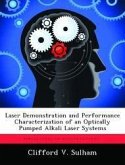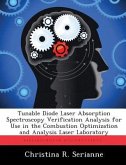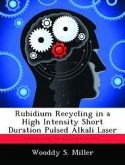This research seeks to gain greater insight on the mechanics of The Diode Pumped Alkali Laser through analytic modeling techniques. This work is an extension to a previous model developed by Dr. Gordon Hager, and focuses on the addition of pump-beam bandwidth. Specifically, it seeks to determine the effect that broadband pumping has on laser performance. The model incorporates all the fundamental parameters within the laser system, including alkali concentrations, collision partner concentrations, pump bandwidth, length and temperature of gain medium, transmission, and reflectivity. Baseline operating conditions set Rubidium (Rb) concentrations ranging from 10¹² - 10¹4 atoms/cm³, corresponding to operating temperatures ranging from 50 - 150 C. Ethane or Methane concentrations are varied corresponding to partial pressures from 100 - 500 Torr. The system is evaluated for incident beam intensity ranging from 0 - 30000 W/cm², for both lasing and non-lasing system analysis. Output laser beam intensities scale well with input beam intensity and the model predicts optical to optical efficiencies of over 70%.
Hinweis: Dieser Artikel kann nur an eine deutsche Lieferadresse ausgeliefert werden.
Hinweis: Dieser Artikel kann nur an eine deutsche Lieferadresse ausgeliefert werden.








